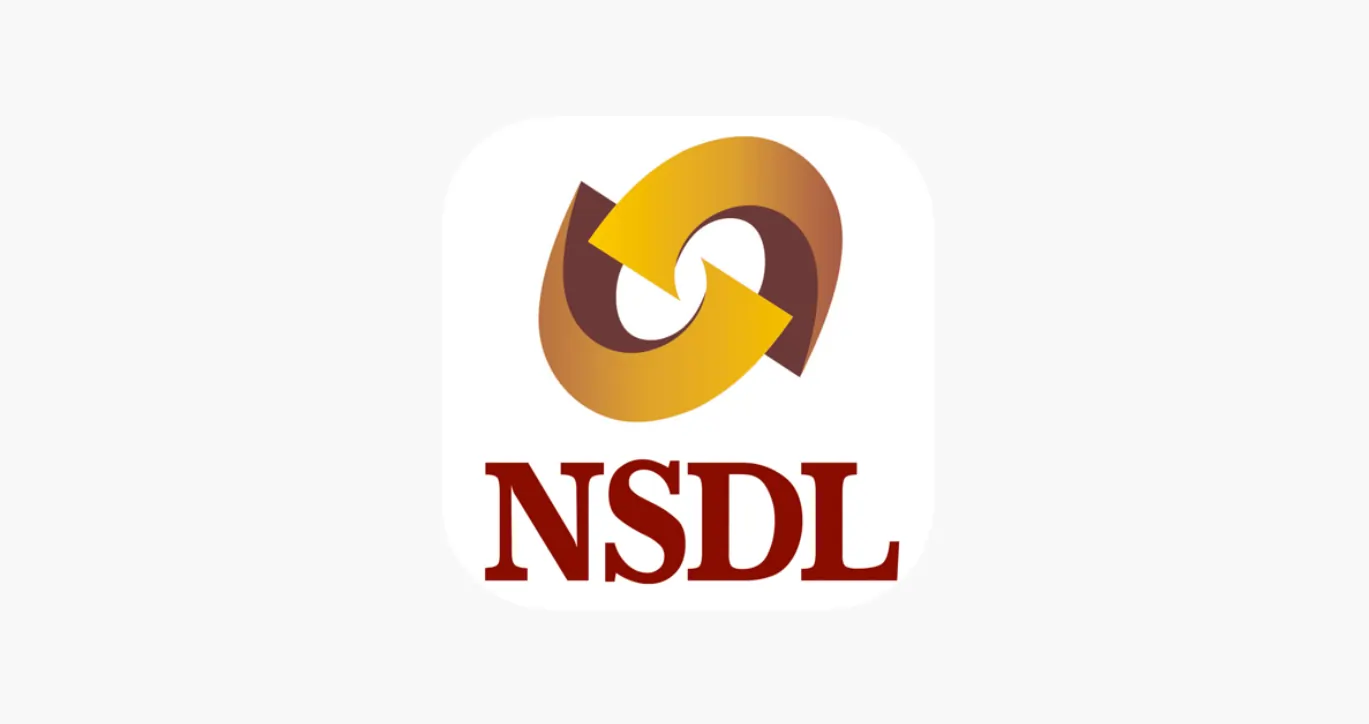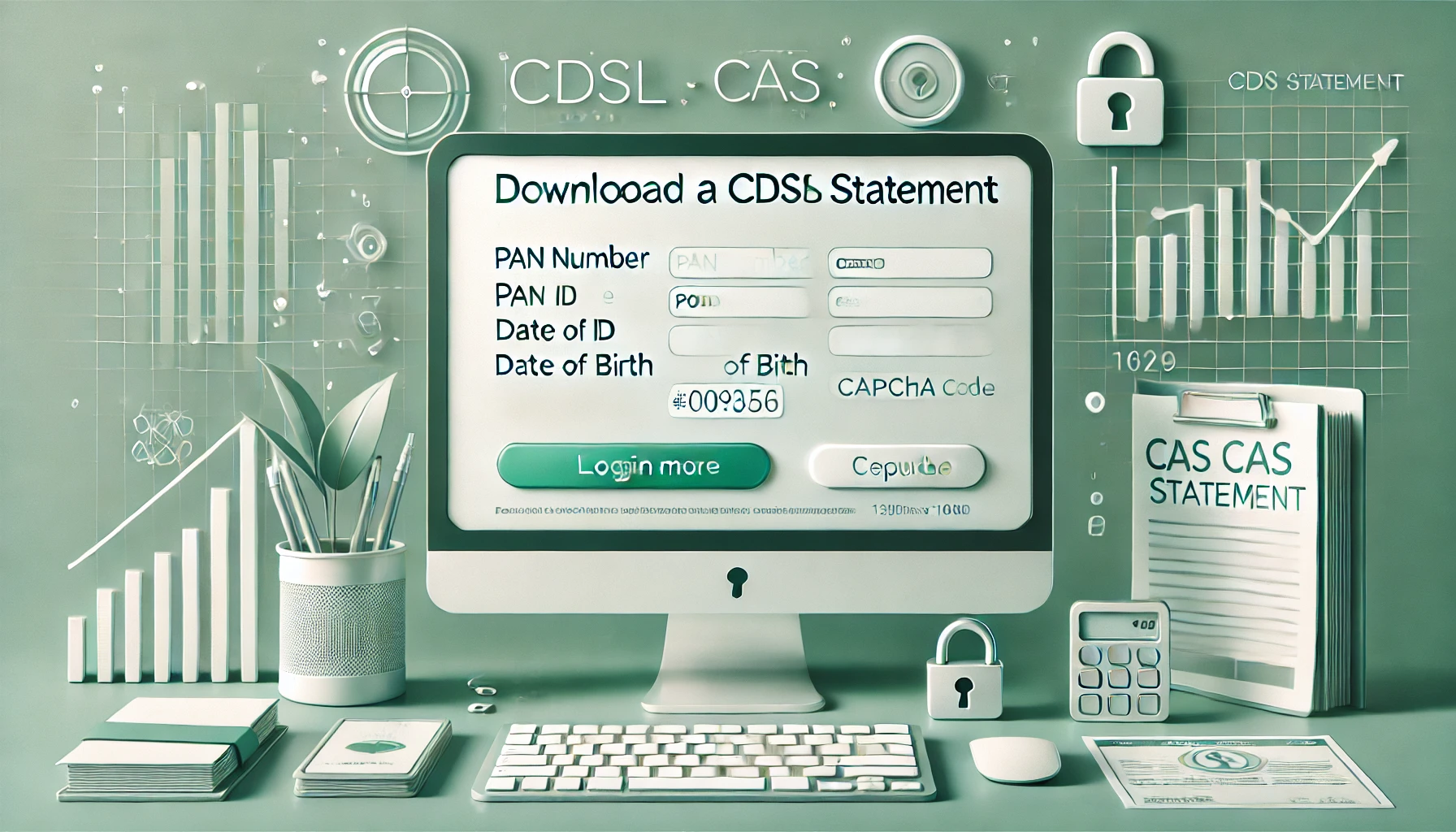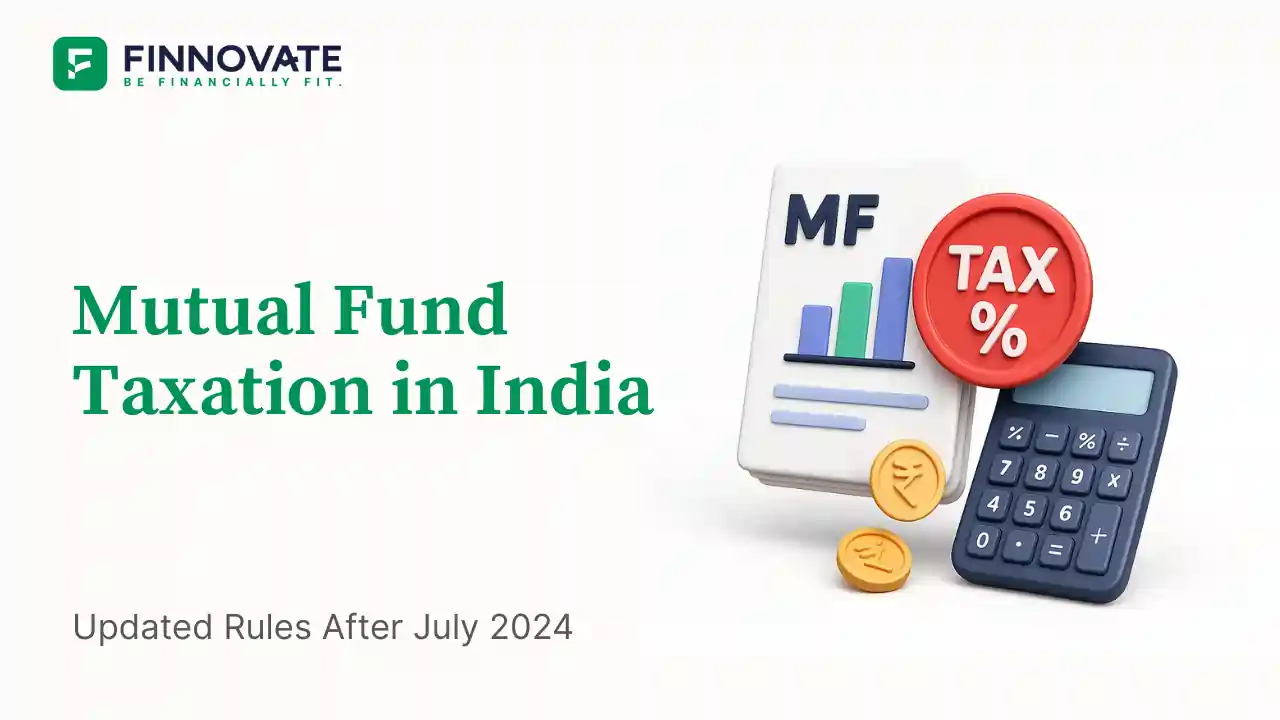Saving vs Investing: A Simple Framework That Works

By

Most people know they should “save” and they should “invest.”
But the confusion is always the same:
How much should I save? How much should I invest?
And which one should I focus on first?
If you’ve asked yourself this question, you’re not alone.
Everyone from students to high-earning professionals to doctors faces this confusion at some point.
The good news?
You don’t need complicated formulas or financial jargon to figure it out.
A simple framework is enough.
Let’s break it down in a clean, practical way.
Before deciding anything, you need to understand the difference in simple English.
It’s money you keep aside for:
Your savings protect you.
It’s money you put into financial instruments to grow over time.
Investing helps you:
Your investments grow you.
Think of it like this:
Saving keeps you stable.
Investing makes you wealthy.
Both matter - but not at the same time and not for the same reasons.
Whenever you're confused about whether you should save or invest, run this quick 5-step check.
Always follow this sequence:
Emergency Fund → Insurance → Investing
If your emergency fund is not ready, do not invest heavily.
This one step alone solves 50% of financial stress.
Most people simply want one thing:
“A number I can follow.”
Here’s a simple and realistic breakdown:
A simple rule for everyone:
Your long-term goals need investing.
Your short-term life needs saving.
Here’s the clean approach:
Pay these off first.
They grow faster than your investments.
You can invest while paying them off.
Just make sure:
If your income fluctuates, your order changes slightly:
This keeps you safe while still growing your money.
People don’t usually mess up because they don’t earn enough.
They mess up because they mix saving and investing randomly.
Here are the most common mistakes:
Avoiding these mistakes itself puts you ahead of most people.
Here’s the move:
Calculate your monthly expenses
Build your 6-month emergency fund
Get your term and health insurance sorted
Start SIPs for your long-term goals
Review once a year, not every month
That’s it.
You don’t need to make money complicated.
Saving keeps you prepared.
Investing moves you forward.
The real magic happens when you know what to use when.
And once you have the right structure in place, you’ll never feel confused about saving vs investing again.
Disclaimer: This article is for general education only. It is not investment advice or a recommendation to buy or sell any financial product. Please consider your personal financial situation before making decisions.
Finnovate is a SEBI-registered financial planning firm that helps professionals bring structure and purpose to their money. Over 3,500+ families have trusted our disciplined process to plan their goals - safely, surely, and swiftly.
Our team constantly tracks market trends, policy changes, and investment opportunities like the ones featured in this Weekly Capsule - to help you make informed, confident financial decisions.
Learn more about our approach and how we work with you:

Learn how to easily download your NSDL CAS Statement in PDF format with our step-by-step guide. Follow our instructions to log in to NSDL e-Services, download your account statement, and subscribe for
Read Full
Explore what Specialised Investment Funds (SIFs) are, their benefits, taxation, minimum investment, how to invest, how they compare with mutual funds and PMS and latest developments in SIF space
Read Full
Learn How to Download Your CDSL CAS Statement with our step-by-step guide. Easy instructions for accessing your investment details online.
Read Full
Analyzing the potential economic impact of the 2025 India-Pakistan conflict on India's GDP growth, manufacturing sector, and foreign investment.
Read Full
Looking for the best financial freedom books? Here’s a handpicked 2025 reading list with summaries, why to read, and who it's best for.
Read Full
Determine if your Demat Depositary (DP) is NSDL or CDSL easily. Follow our guide to check using broking platforms or Demat account number formats
Read Full
Clear guide to mutual fund taxation in India for FY 2025–26 after July 2024 changes: equity STCG 20%, LTCG 12.5% with ₹1.25L exemption, debt/hybrid rules, dividends, examples, tables, and FAQs.
Read Full
RBI cuts repo rate by 50 bps and CRR by 100 bps in June 2025 to boost growth. Learn how it impacts inflation, borrowing, sectors, and market trends.
Read Full